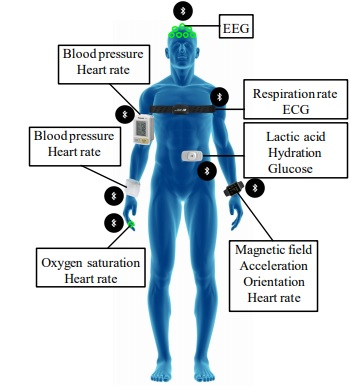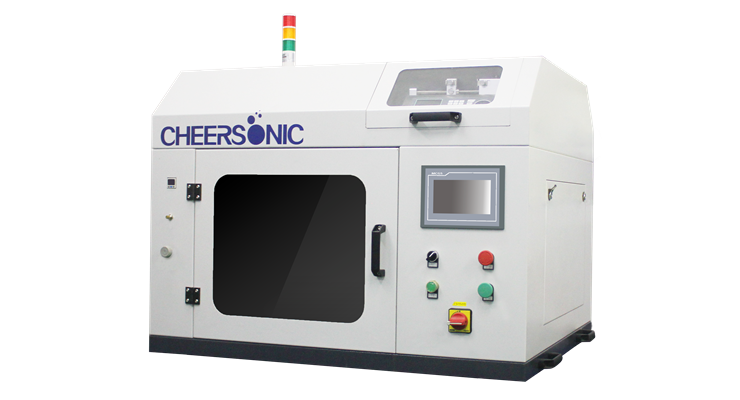Types of medical sensors
This article covers functions of medical sensors and Medical Sensor types.The types of medical sensors include Blood pressure, EEG, EEG, oxygen saturation heart rate, magnetic field, temperature and so on.
What are medical sensors?
Introduction:
The sensors used to diagnose, monitor or treat diseases in medical domain are known as medical sensors. Medical devices are categorized into different classes based on their risk profile viz. Class-I (Lowest potential risk), Class-IV (Highest potential risk) etc. Let us understand features and functions of medical sensors of different types.
Silent Features of medical sensors are as follows.
• They should comply IEC 60601-1 safety standard.
• They should comply with statutory specifications including other enforcement and standards for quality management, risk management, usability and functional safety in order to ensure that given device functions correctly with response to given inputs.
• It should deliver precise measurement with high accuracy.
• The measurement should be highly stable and quick with fast response time.
• They should provide digital outputs such as I2C in order to connect with microcontrollers/microprocessors.
Functions of different types of medical sensors

There are functions of different types of medical sensors as described below for various applications.
➨Temperature probes: Used for body temperature measurement. This helps in providing better medication and treatment of patients. They are called as thermometers.
➨Force sensors: Used in kidney dialysis machines.
➨Airflow sensors: Used in anesthesia delivery systems, laparoscopy, heart pumps etc.
➨Pressure sensors: Used in infusion pumps and sleep apnea machines. Most of the pressure sensors are integrated with embedded systems. They are used for medical diagnosis, blood pressure monitoring, infusion pumps etc.
➨Implantable pacemaker: It is a real time embedded sensor system which delivers a synchronized rhythmic electric stimulus to the heart muscle in order to maintain effective cardiac rhythm.
➨Oximeter: It measures the fraction of oxygen saturated hemoglobin relative to the total hemoglobin count in the blood.
➨Glucometer: It measures approximate blood glucose concentration.
➨Magnetometer: It specifies direction of user by examining the changes in the earth’s magnetic field around the user.
➨Electrocardiogram sensor: It measures the electrical activity of the heart. It is called as ECG sensor.
➨Heart rate sensor: It counts the number of heart contractions per minute.
➨Electroencephalogram sensor: It measures the electrical activity of the brain.
➨Electromyogram sensor: It records electrical activity produced by skeletal muscles.
➨Respiration rate sensor: It counts how many times the chest rises in a minute.
Article Source: https://www.rfwireless-world.com/Articles/Medical-sensor-basics-and-medical-sensor-types.html

